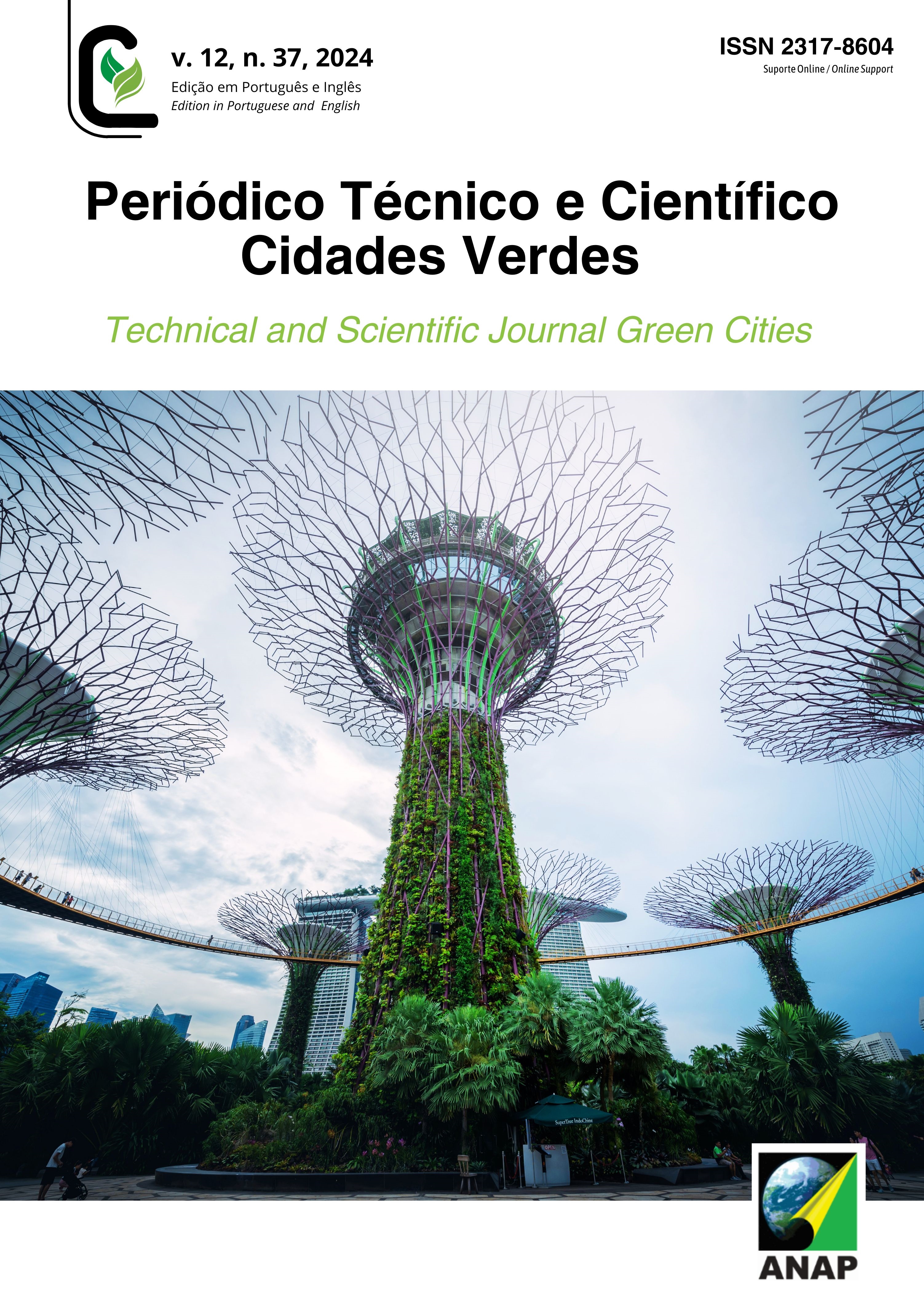Achieving energy efficiency in the restoration of historic buildings using photovoltaic panels
DOI:
https://doi.org/10.17271/23178604123720245419Keywords:
Solar photovoltaic system, Energy retrofit, Heritage buildingAbstract
In the contemporary Brazilian scenario, there is a progressive increase in interest in the application of photovoltaic systems in historic buildings in order to enable energy self-sufficiency. This interest is largely due to the growing environmental awareness and the search for renewable and sustainable energy sources. However, installing solar panels on historic buildings presents unique challenges, considering the need to preserve the architectural and aesthetic integrity of these structures. Such an approach requires a careful analysis, involving multidisciplinary professionals, to ensure harmony between energy efficiency and the conservation of historical heritage. As technological advances and regulatory adaptations develop, the prospect of achieving energy self-sufficiency in historic buildings in Brazil becomes progressively more feasible, thus contributing to promoting sustainability and safeguarding our valuable cultural legacy. The general objective of this article is to identify the difficulties and potential of using photovoltaic panels in historic buildings, with the aim of achieving energy self-sufficiency. The methodology used was a literature review on the subject and a case study of three Brazilian municipalities. It is concluded that achieving efficiency in historic buildings is economically viable, resulting in long-term savings and environmental benefits. In addition, it is suggested to carry out future studies of energy efficiency in listed buildings, considering energy retrofit, solar panels and purchase of energy credits
Downloads
Downloads
Published
Issue
Section
License
Copyright (c) 2024 Technical and Scientific Journal Green Cities

This work is licensed under a Creative Commons Attribution 4.0 International License.















